Photos: Royal Navy EOD Divers Blow Up Suspected WWII Ordnance
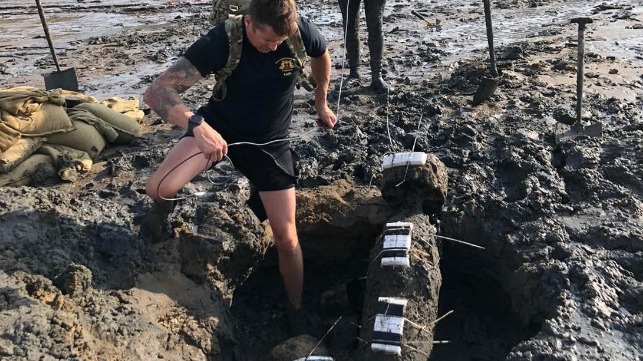
Royal Navy EUD divers have successfully disabled a piece of World War 2 ordnance on the southern shore of the Bristol Channel.
Called to a report of an unknown object exposed by an unusually low tide a few hundred meters off the National Trust beach at Middle Hope, north of the Somerset holiday resort of Weston-Super-Mare, the team from Devonport’s Southern Diving Unit 1 carried out a controlled explosion on the device.
The piece of WW2 ordnance turned out to be an anti-submarine mortar bomb, thought to have been used in the area when the near-by MOD weapon research facility was in operation.
“We were called out by the Joint Services EOD Operations Centre (Didcot) HQ to head up to Weston and arrived about 24 hours ago,” said Petty Officer Diver Rob Bishop, team leader of the duty bomb disposal crew. “After excavating around the device we established that the device was intact and possibly live."
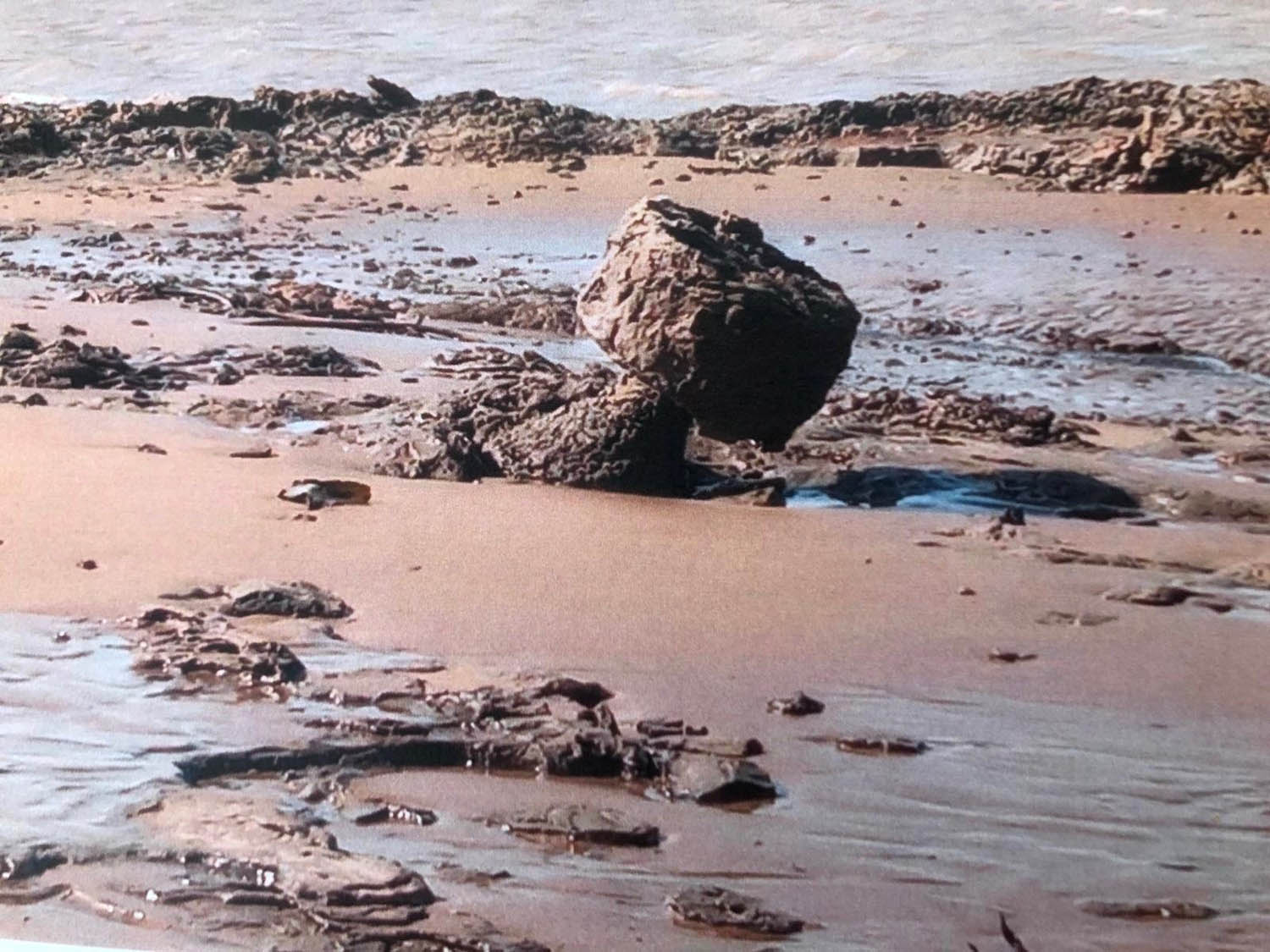
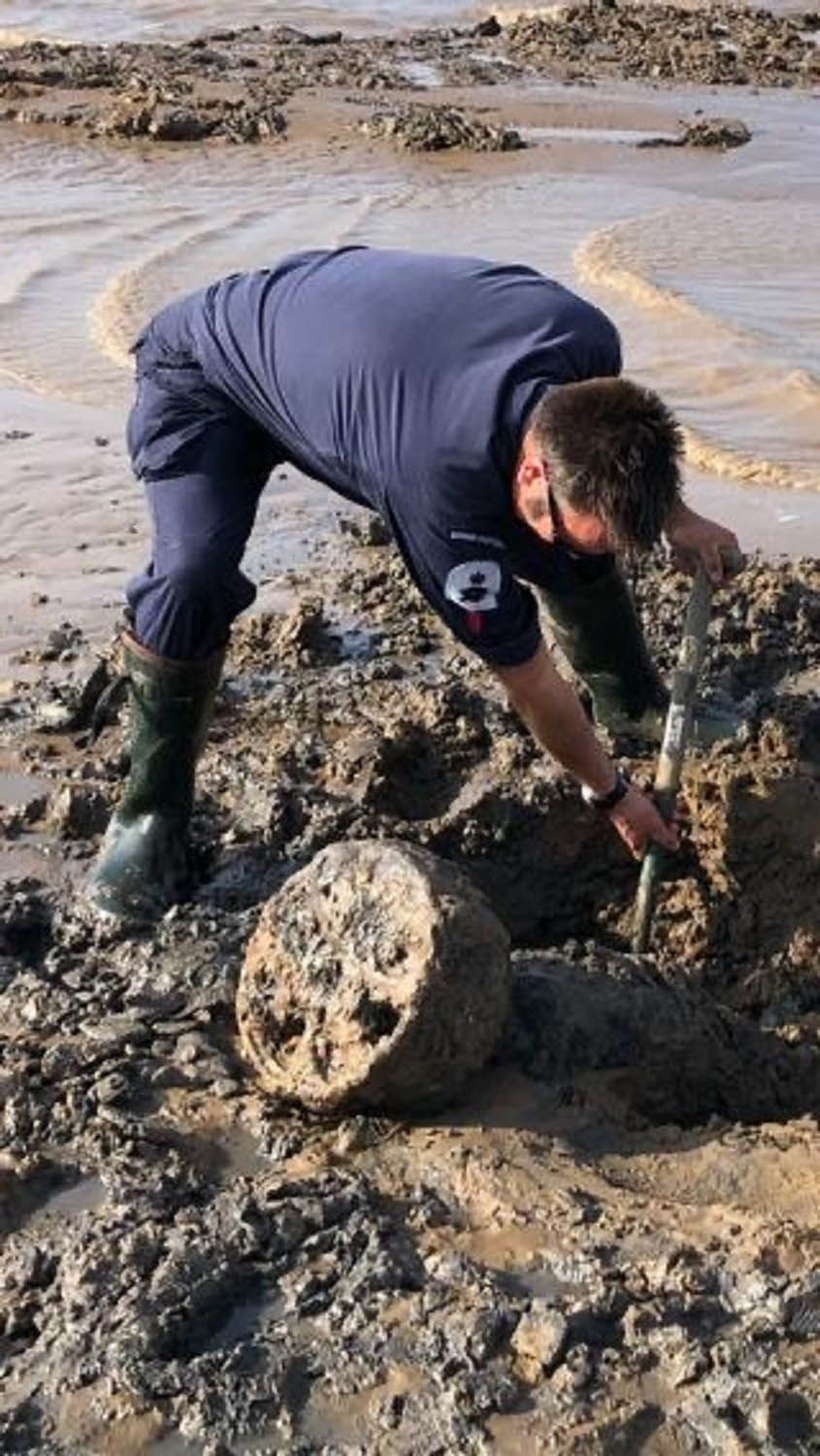
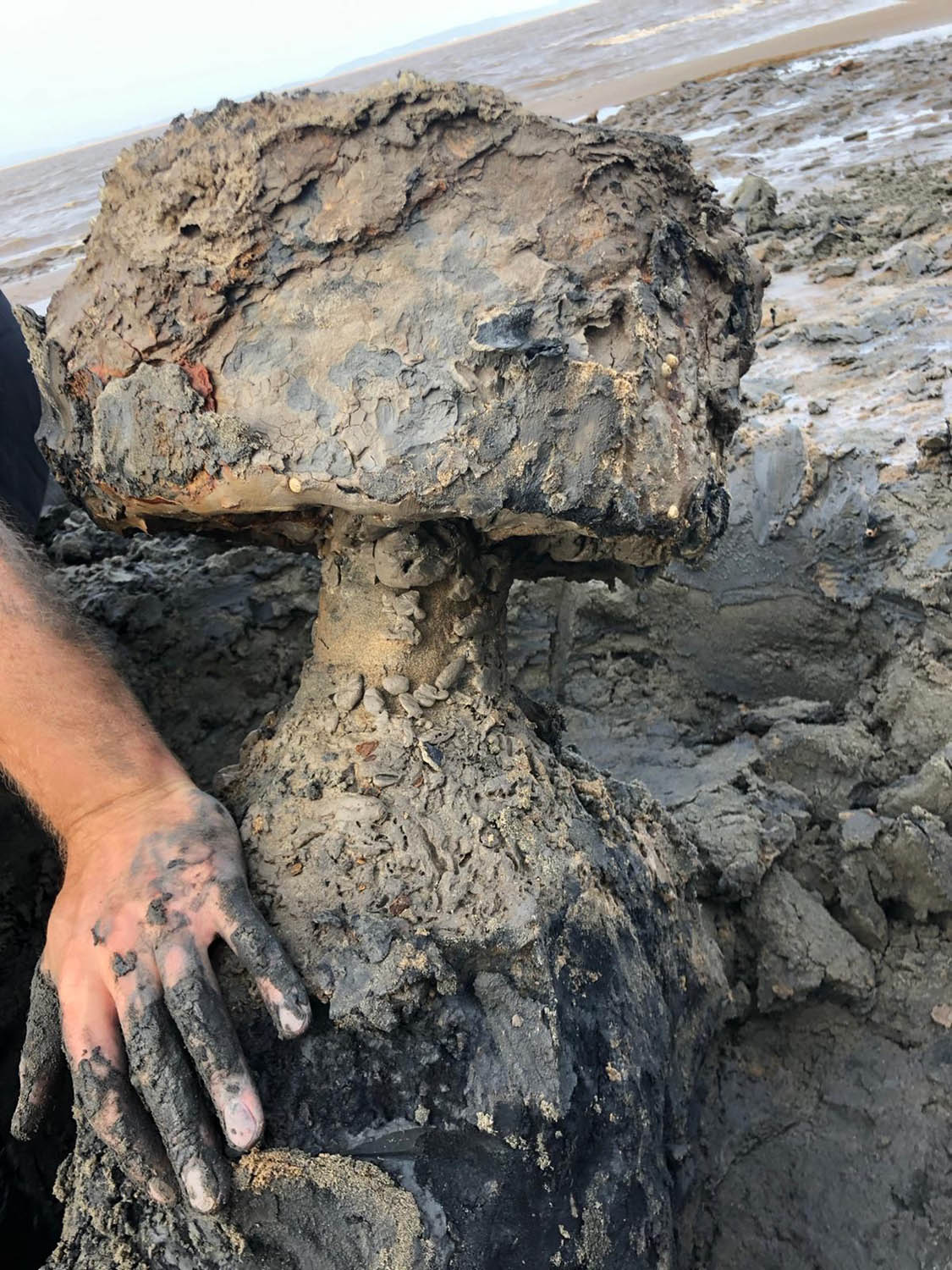
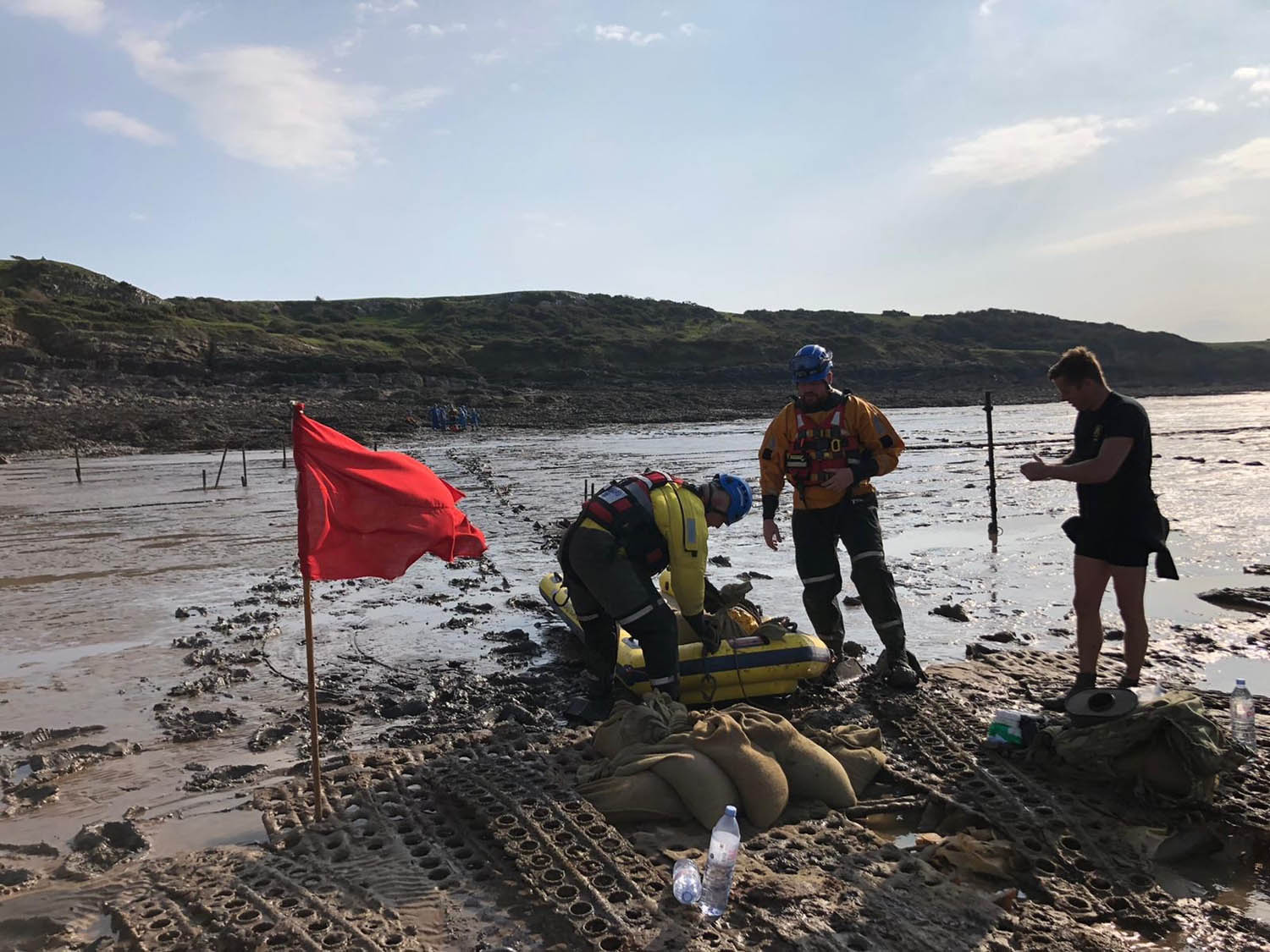
Photos courtesy Royal Navy
Rob and his team knew that this type of High Explosive Anti-submarine Mortar had a cock striker firing mechanism, and because of this could not be moved or disturbed. However they couldn’t get a 100-percent identification of the nose section, due to its position in the mud, and so they had to go with the worst case situation.
“We marked the site and waited until the next low tide. Then with the help of the Avon & Somerset Police, set up a two km bubble over the site with a NOTAM, (Notice to Airmen) and a one and half kilometer cordon around the device before carrying out a controlled explosion of the mortar bomb.
“On inspection of the remains after the explosion we noticed there was concrete present, which would have come from an inert devise, but we couldn’t be sure until it was blown. It was important to dispose of it, because of the vicinity to the beach and both Bristol and Cardiff Airports, it’s was directly in line with their runways.”
Weston-Super-Mare Coastguard volunteers were there to help out, and they advised on local conditions and the tides.
“We were alerted by some members of the public that there was an object sticking out of the mud,” said Jeff Gunton, from Weston-Super-Mare Coastguard. “We didn’t know what it was at first, but the Royal Navy confirmed what it was and we’ve been helping them set up for the explosion. An incident like this relies on working together closely."
This article appears courtesy of Royal Navy News and may be found in its original form here.
The opinions expressed herein are the author's and not necessarily those of The Maritime Executive.

